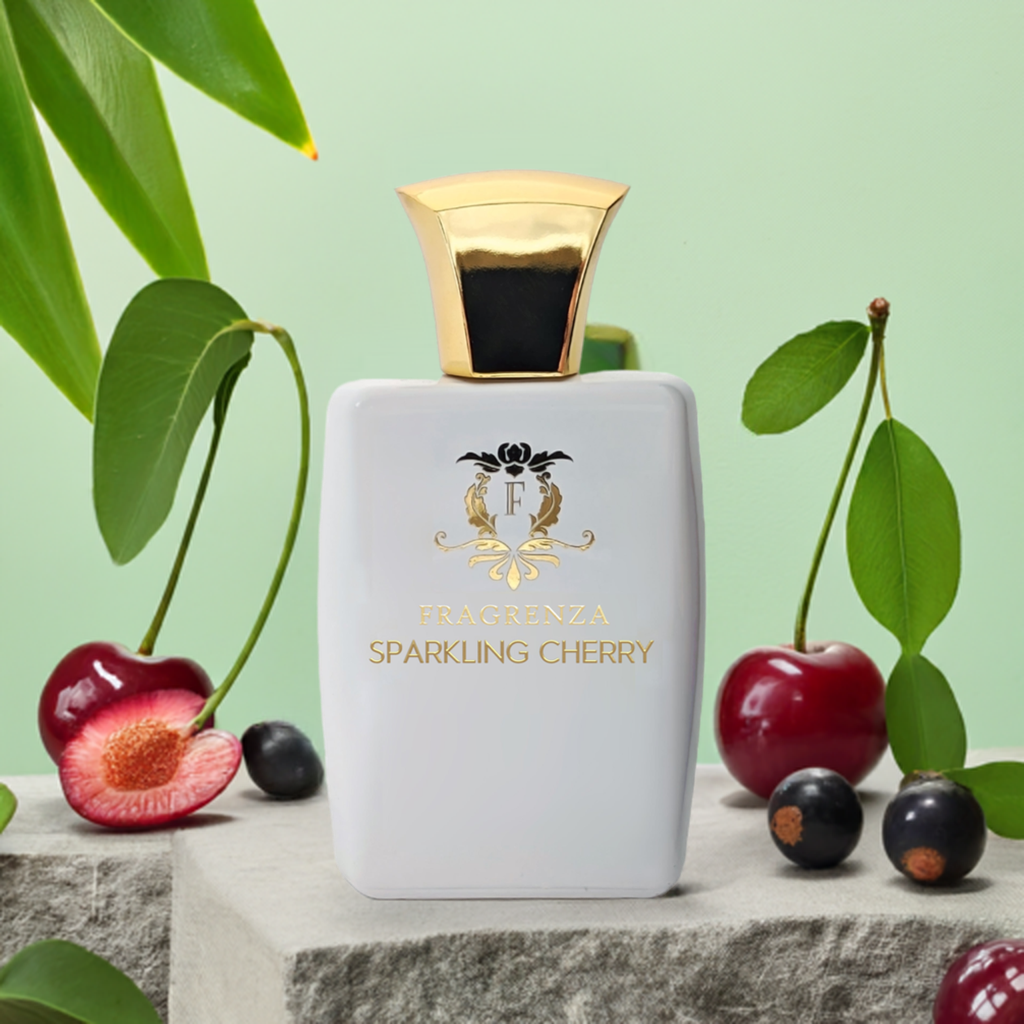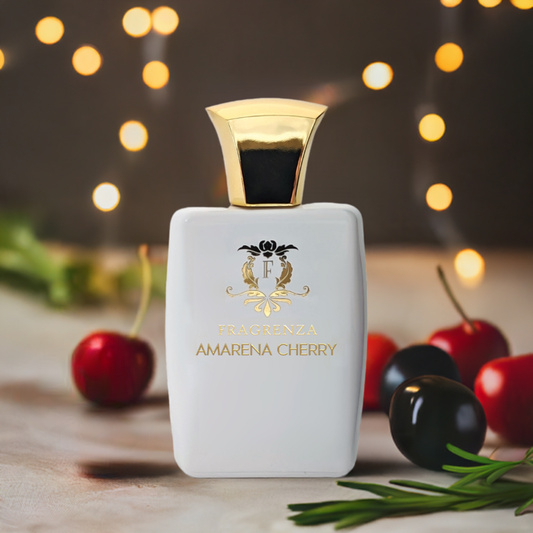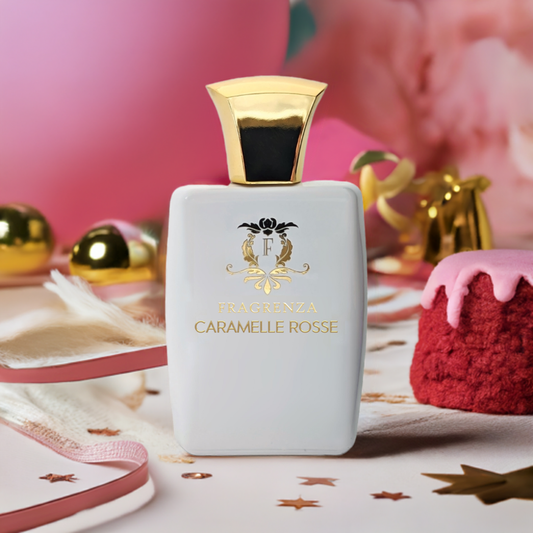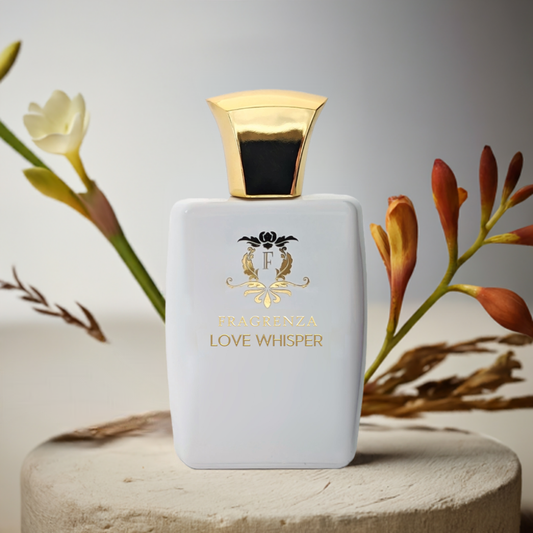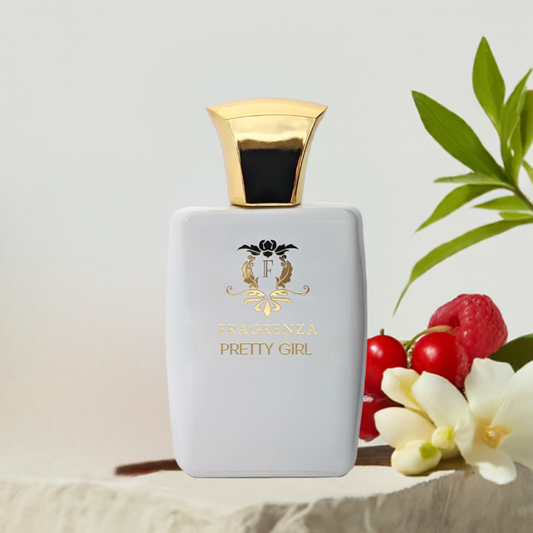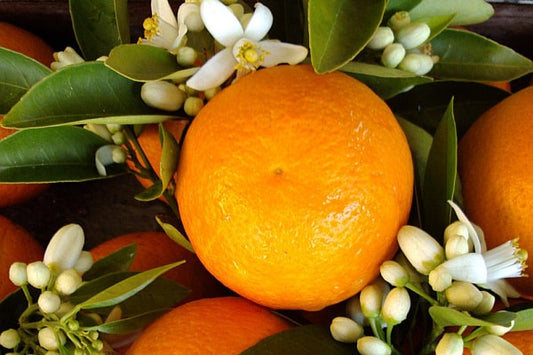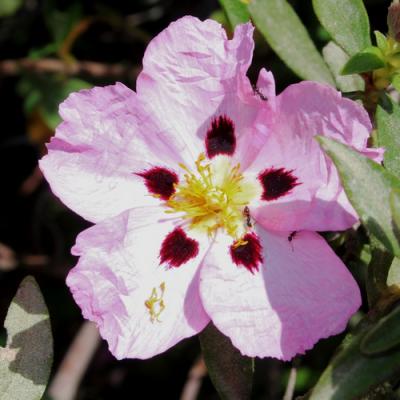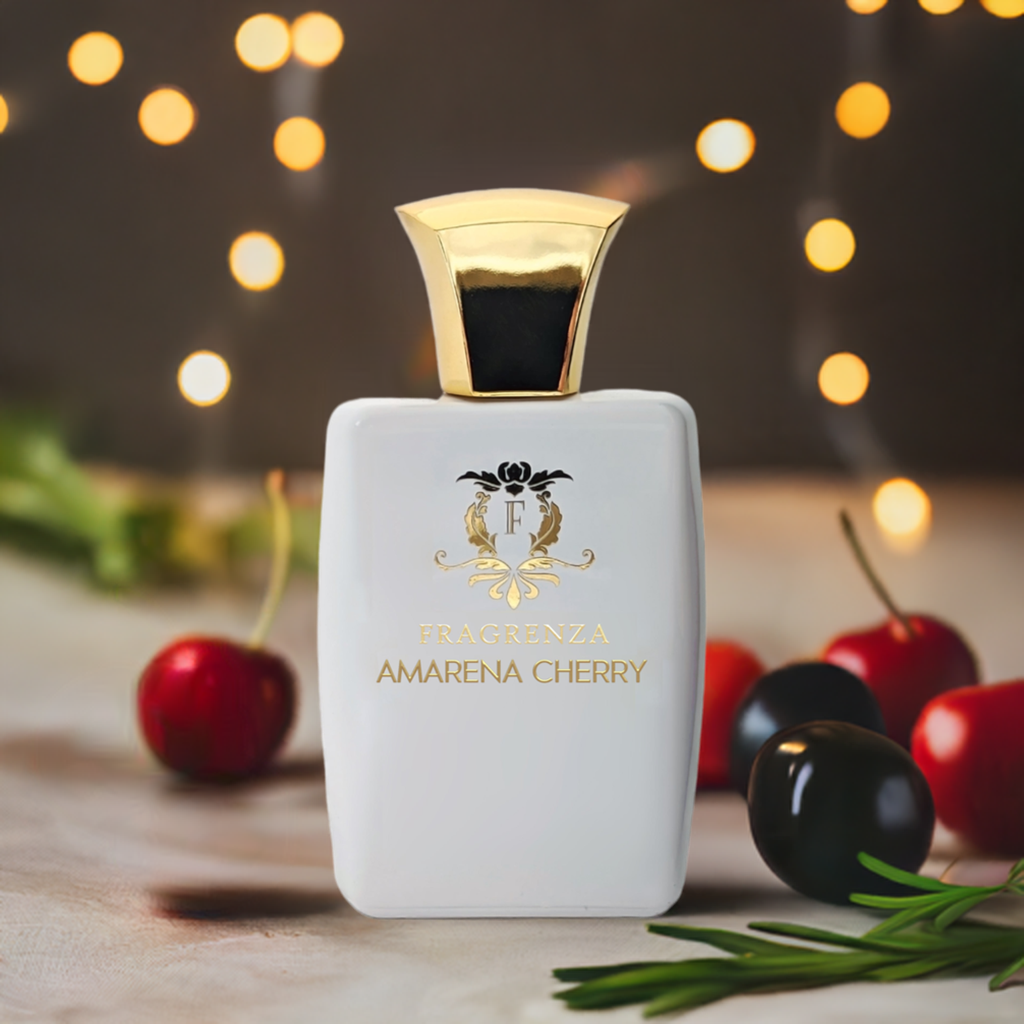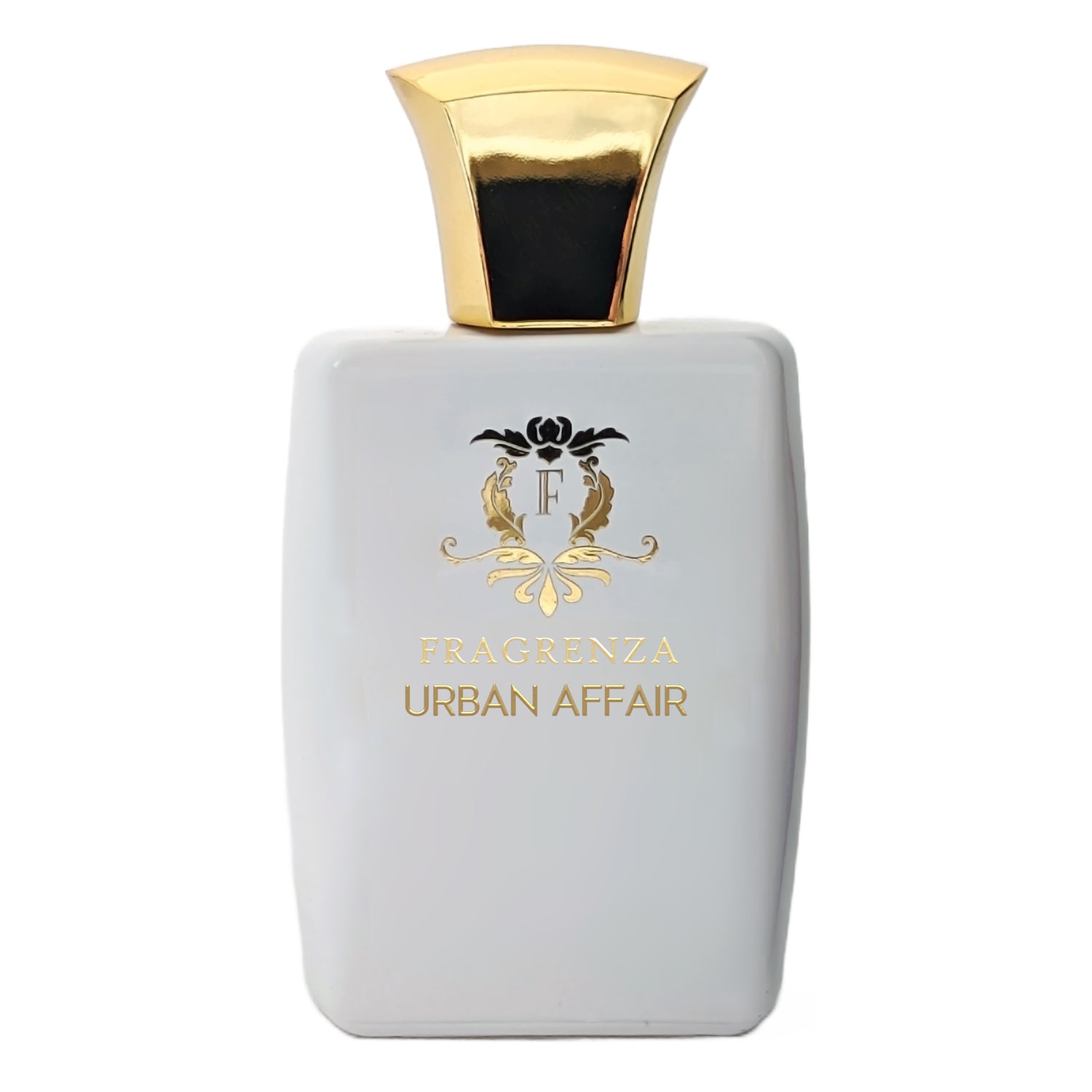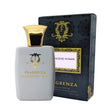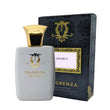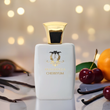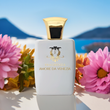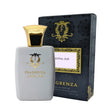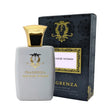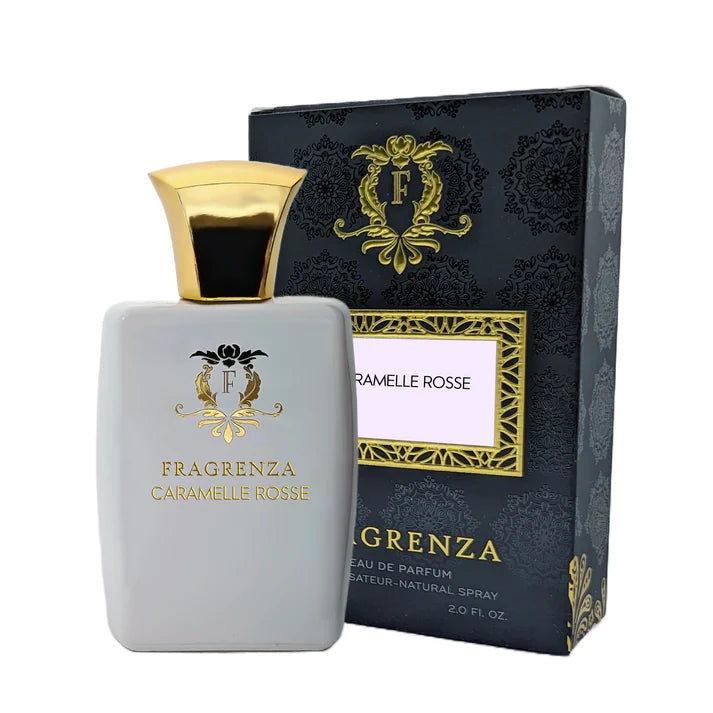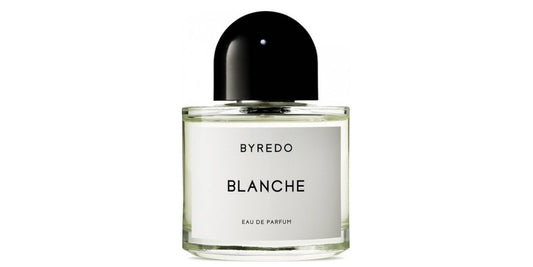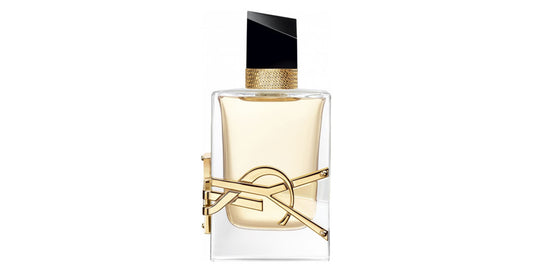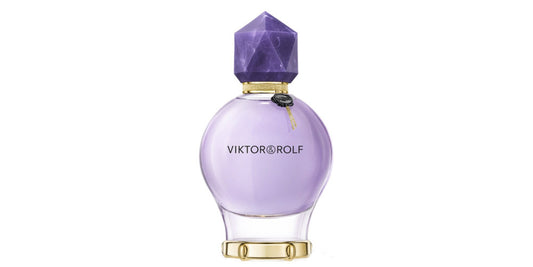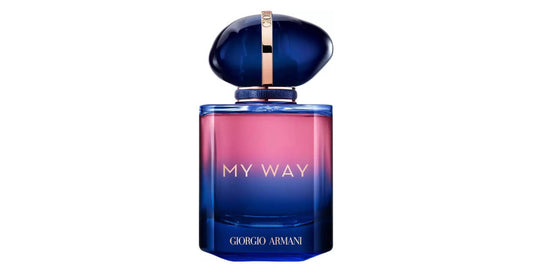Oriental notes in perfumery
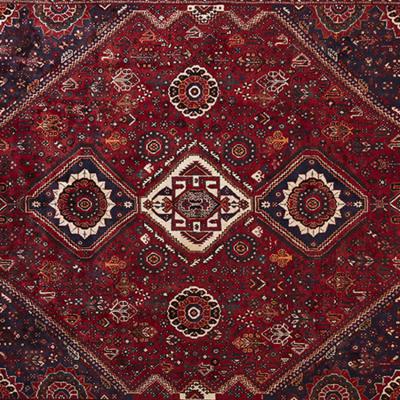
In This Article
The History of Oriental Notes
The history of oriental notes dates back to the Middle Ages when Crusader Knights returned from the East with a variety of spices and ingredients discovered during their journeys. Spiced, fragrant baths quickly gained popularity, exuding a sense of sensuality. François Coty created the first oriental perfume, "Ambre Antique," in 1908. Composed of ambergris and vanilla, "Ambre Antique" was a significant success for its time. However, it was Guerlain's iconic "Shalimar," released in 1925, that introduced the "Oriental" olfactory family to the general public. Symbolizing an eternal love story between a prince and his Indian princess, Shalimar marked history and paved the way for many oriental perfumes. Notable examples include "Opium" by Yves Saint Laurent, "Poison" by Christian Dior, and "Angel" by Thierry Mugler.
Oriental Notes and Their Olfactory Associations
Oriental notes harmonize well with each other, often featuring clove with ambergris or cinnamon. They are typically found in the base note of a perfume, adding depth, sensuality, and opulence. Examples include Thierry Mugler's "A * Men Pure Malt," an oriental-woody fragrance, and Hugo Boss's Damask &Oud, an oriental-spicy scent. Oriental notes also appear in floral or floral-oriental fragrances, such as Chloé Intense by Chloé. In this case, the oriental notes are in the base note, accompanied by tonka bean, amber, and honey, creating an exceptional experience. Another popular floral essence with oriental notes is Viktor &Rolf's Flowerbomb. Here, the oriental notes are also in the base note, alongside patchouli, white musks, and gourmand notes. Oriental notes can be found in woody perfumes as well, such as Burberry's Brit Summer for Men.
Integral to the "Oriental" olfactory family, oriental notes contribute sensuality, warmth, and voluptuousness to fragrances. Originating from the East, oriental notes encompass warm and spicy elements, highly valued in perfumery. These notes blend well with one another and also complement gourmand, floral, or woody notes.
Fun Facts About Oriental Notes
- The use of oriental notes in perfumes dates back centuries, as ancient civilizations like the Egyptians and Romans also utilized oriental fragrances in their daily lives and rituals.
- The term "oriental notes" is a broad category, encompassing a diverse range of ingredients, including spices, resins, woods, and animalic elements.
- The Orient Express, a famous luxury train service that connected Paris to Istanbul, played a role in popularizing oriental fragrances in Europe during the late 19th and early 20th centuries.
- Oriental notes are often associated with opulence, mystery, and sensuality, making them popular choices for evening and winter fragrances.
- Many classic oriental perfumes, such as "Shalimar" by Guerlain, have been reformulated over the years to adapt to modern tastes and comply with new regulations, while still preserving their original character.
- The use of oriental notes in niche and artisanal perfumery has led to innovative fragrance compositions that challenge traditional perceptions of oriental scents.
- Oriental notes have inspired various subcategories within the oriental fragrance family, including oriental-floral, oriental-woody, and oriental-spicy, reflecting their versatility and adaptability in perfumery.
In conclusion, oriental notes have a rich history in perfumery, dating back to the Middle Ages and beyond. Their exotic and sensual nature has captivated the imagination of perfumers and fragrance lovers alike, leading to the creation of countless iconic and beloved scents. The versatility of oriental notes allows them to blend harmoniously with various olfactory families, resulting in diverse and memorable fragrance compositions.
